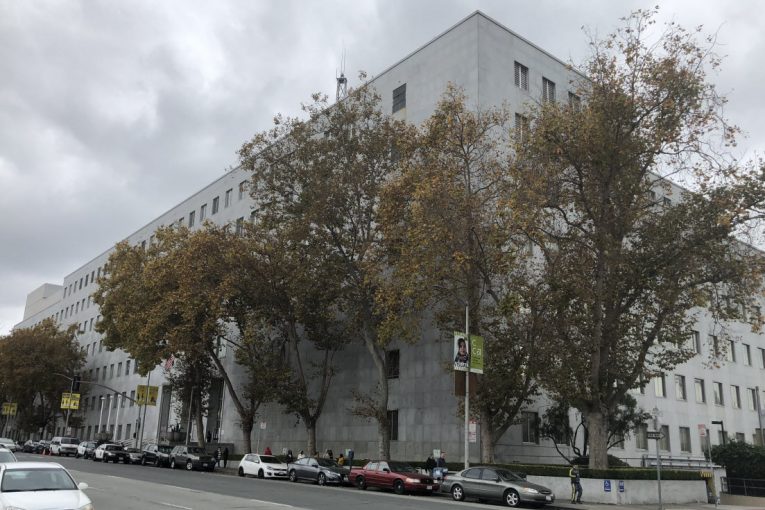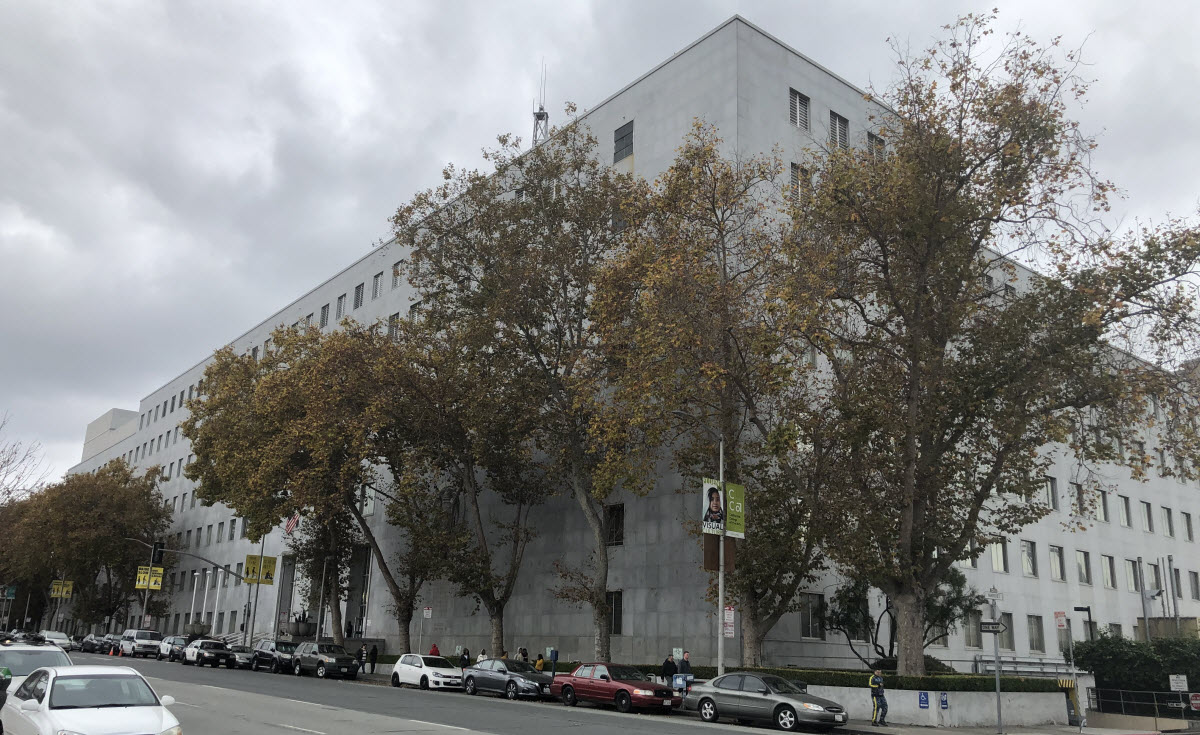

By Celeste Campbell
In Department 10 of the San Francisco County Superior Court, a Deputy Public Defender argued illegally held his client due to their lack of reasonable cause.
On Monday morning, the Deputy Public Defender argued that anything said while his client was in custody, including an illegal seizure, needed to be excluded from trial. He argued that every citizen of this country has inherent rights that cannot be violated, whether they are suspected of committing a crime or not. Police do not have the right to seize any citizen they want just because they came in contact with police.
The San Francisco Police Department trains its officers thoroughly before they can fight crime in the streets. Police officers go through a police academy training that lasts for close to a year and then are assigned to a senior officer for much longer while they put those skills into practice with the citizens of this county and city.
Part of this officer training involves teaching future officers about the bounds of their behavior. In this case, the argument relied on whether or not the defendant was illegally detained. While an arrest must have probable cause that a crime was committed, a detention requires reasonable suspicion that a crime was committed. Probable cause and reasonable suspicion are two different standards of proof.
During the hearing, officers were accused of illegally seizing a citizen. The District Attorney’s office claimed that the officers acted reasonably since the defendant gave a voluntary statement to police and was free to leave. The Deputy Public Defender argued that the officer’s interpretation of the situation was not what happened when considering the totality of the circumstances and that the officer’s violated the Constitutional rights of his client. Specifically, the defense argued that the officers enaced a defacto arrest or, at least, a detention requiring reasonable suspicion.
The defendant was found at his girlfriend’s house where police had found him before and where he was known to be. As a condition of his girlfriend’s probation, her home could be searched without  probable cause at any time. The police officers involved knew this, as testimony today revealed. The defense also sought to introduce police notes that suggested officers working in a homicide investigation asked members of a gang task force to conduct the search.
probable cause at any time. The police officers involved knew this, as testimony today revealed. The defense also sought to introduce police notes that suggested officers working in a homicide investigation asked members of a gang task force to conduct the search.
While officers were searching the girlfriend’s home, defendant was put in handcuffs. After the search was complete, the handcuffs were not removed and the defendant was escorted to a police car and taken to 850 Bryan Street. The Deputy Public Defender argued that his client was never given the option to go with police that day. No one ever asked him if he wanted to talk to homicide detectives or not. Police simply used their authority to search defendant’s girlfriend’s home, where they knew the defendant would be.
The Assistant District Attorney argued that the defendant had a choice to speak with the police, and that an average American citizen would feel comfortable telling the police to un-handcuff them and let them go. Judge Moody, in Department 10, will hear more evidence from officers about whether the defendant was given a clear choice to leave, or if there was so much pressure from police that a normal San Franciscan would have felt they had no choice but to cooperate with the officers that day.
While this San Franciscan listened to the almost hour-long recorded interview with homicide detectives at the San Francisco Police Department, it seemed like a typical interrogation of a suspect of a crime. Police officers told the defendant in the recorded interview that they found DNA that matched the defendants at a homicide crime scene and were trying to protect the defendant from retaliation. They stated that they had already done so recently. Officers told the defendant that they knew he was at the scene of the crime because there were multiple eyewitnesses that placed him there. Additionally, officers reminded the defendant that many people thought he had died in another homicide. Officers brought up the defendant’s mother, grandmother, girlfriend and daughter to remind the defendant what he would be leaving behind if he was murdered or sent to prison.
Aspects of that interrogation, however, were lies.
According to the law, police officers are allowed to lie during interrogations. No DNA evidence was found on sandwich bags and no one had reported seeing the Deputy Public Defender’s client to the police, contrary to what the defendant was told. Even after the interview, the officers released the defendant as they did not have reasonable suspicion of a crime.
The issue, thereby, leans on the question of whether a reasonable person would have felt free to leave the interview or refuse to cooperate with the police despite being in handcuffs and escorted out of the house.



